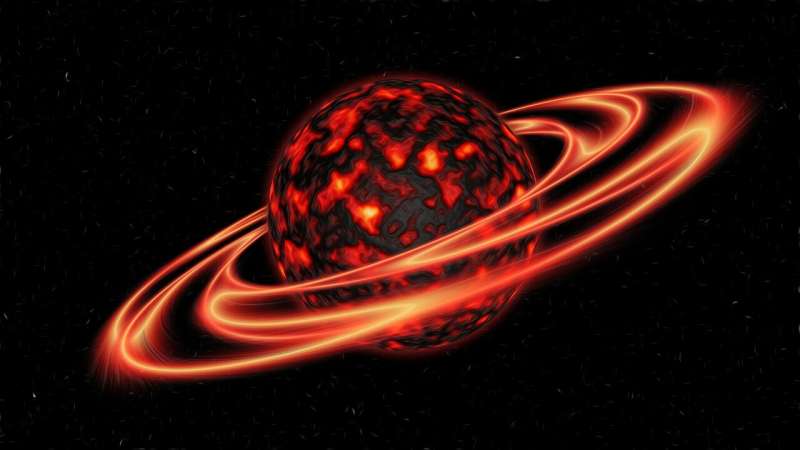Phys.org May 24, 2021
The danger of solar storms is not hypothetical. In 2017, a solar storm caused ham radios to turn to static, in 2015 solar storms knocked out global positioning systems in the U.S. Northeast, a particular concern as self-driving cars become a reality. According to a 2017 paper in the journal of the American Geophysical Union predicted blackouts caused by severe space weather could strike as much as 66% of the U.S. population, with economic losses reaching a potential $41.5 billion a day. To shield vulnerable parts of the planet’s infrastructure from the effects of solar storms there are efforts such as using non-magnetic steel in transformers and installing more surge protectors in the grid to bolster resistance, but in the end the best defense against catastrophe might be better forecasting. In weeks, a new model developed by the University of Michigan will come online to help improve Earth-bound forecasting. Within the past 15 years, the U.S. and U.K. have built space weather forecasting centers that deliver daily outlooks on what may be coming from the sun for airlines, power grids, satellite owners and anyone else threatened by solar flares. While Earth-bound observers cannot tell the true nature of the threat—exactly how potent it is—until the blast reaches a set of satellites 1 million miles from the planet. At that point, there is only 60 to 90 minutes until it hits Earth…read more.

Credit: CC0 Public Domain